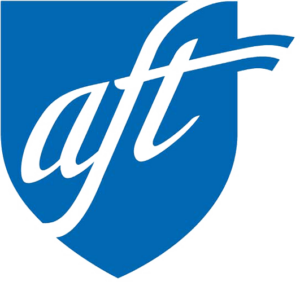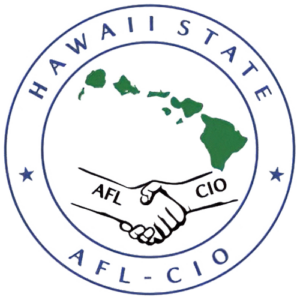ARTICLE XI, INTELLECTUAL PROPERTY, PATENTS AND COPYRIGHTS
GENERAL SCOPE
Faculty engage in intellectual activities that may result in work products that are covered by patent(s) or copyright(s). This article establishes the rights of the Faculty Member and the Employer to these work products, subject to any restrictions imposed by outside sponsoring or funding organizations.
A. WORKS COVERED BY PATENTS
It is recognized that there are usually three (3) interests involved in connection with research work and invention performed with the resources of the Employer. These three (3) interests are the Faculty Member researcher or inventor, the Employer, and the general public whose taxes support the Employer. If the research is financed wholly or in part by an outside agency, there exists an additional interest. Rights, royalties, and other net profits shall be shared fairly amongst the parties. The Faculty Member will receive a share of the net profits from the sale or exploitation of patents according to the following schedule: (a) for total net profit up to $100,000, the amount assigned to the Faculty Member shall be 2/3; (b) for total net profit above $100,000 up to $200,000, the amount assigned to the Faculty Member shall be 1/2; (c) for total net profit above $200,000 up to $300,000, the amount assigned to the Faculty Member shall be 5/12; and (d) for total net profit above $300,000, the amount assigned to the Faculty Member shall be 1/3.
B. WORKS COVERED BY COPYRIGHTS
The term “copyright” means a bundle of rights that, under federal law, protect individual works of authorship fixed in any tangible medium of expression, now known or later developed, from which they can be perceived, reproduced, or otherwise communicated, either directly or with the aid of a machine or device. Works that may be subject to copyright include, but are not limited to, computer programs, literary works, musical works, dramatic works (inclusive of accompanying music, pantomimes, and choreography), pictorial, graphic, and sculptural works (such as photographs, prints, diagrams, models, technical drawings, etc.), motion pictures, audio-visual works, sound recordings, and architectural works. “Tangible medium” includes books, periodicals, manuscripts, phonorecords, films, tapes, and disks. Examples in this paragraph are for the convenience of the reader; they are not intended to replace or restrict legal rights or definitions.
1. Works Not Considered Works for Hire
Subject to any restrictions imposed by outside sponsoring or funding organizations, a Faculty Member shall own all rights to textbooks or materials prepared on his or her own initiative for classroom, educational or professional purposes provided that the Faculty Member shall not profit from materials that the Faculty Member has authored and assigned to their own students for purchase. Such works shall not be considered “works for hire” and the Faculty Member shall be exclusively entitled to the benefit of any royalties derived therefrom.
Class syllabi and instructional materials created by Faculty Members shall be treated as materials prepared on their own initiative for classroom and educational purposes, provided that the Employer may require, for the sole purpose of complying with accreditation requirements or program articulation, that Faculty Members provide copies of syllabi or instructional materials to designated managerial personnel. The Employer’s use of syllabi or instructional materials shall be used strictly for these purposes, and the release of these materials by Faculty Members does not entitle or allow the Employer or any other Faculty Member(s) to publish or reuse them without the Faculty Member’s written consent.
For personal educational purposes, students may record classroom lectures or other presentations, using tape recorders or other electronic or mechanical devices, unless the Faculty Member denies permission for such recording. Permission shall not be denied when the student requires such devices as the result of a physical disability and/or language barriers.
Faculty Members engaged in technology-mediated instruction or distance learning require adequate training, equipment, and technical support. Where these are not available, the Faculty Member shall not be required to engage in technology-mediated instruction or distance learning programs. The class size of the total of all students at all sites will not exceed the seat load of a compatible traditionally taught class unless agreed to by the Faculty Member.
2. Works Written or Produced for Hire
When the Employer assigns a Faculty Member to produce specific copyrightable materials, those materials shall be considered a “work for hire” in which both the Employer and the Faculty Member may have an interest, if:
i) The assignment is in writing, and is acknowledged by the Faculty Member in writing;
ii) The assignment is consistent with the Faculty Member’s terms of hire and will not significantly impede the Faculty Member’s pursuit of promotion or tenure under applicable guidelines;
iii) The assignment defines the product, deadlines or milestones, and any compensation or support to be supplied by the Employer;
iv) The assignment specifies whether or not the Employer intends to commercialize the work;
v) The assignment does not place the Faculty Member in a conflict of interest or commitment with another publisher or contractor; and
vi) The Exclusive Representative is copied when the assignment is made.
If the Employer does not commercialize the work for hire, the Employer shall retain a royalty-free right to use the work, including the right to develop derivative works for internal University purposes only; all other rights shall be held by the Faculty Member.
Unless otherwise agreed upon in writing between the Employer and the Faculty Member, if the Employer licenses works for hire for external use, such as by other academic institutions or commercial publishers, or in any respect markets the works for revenue, the Faculty Member will receive a share of the net profits from the sale or exploitation of works for hire according to the following schedule: (a) for total net profit up to $100,000, the amount assigned to the Faculty Member shall be 2/3; (b) for total net profit above $100,000 up to $200,000, the amount assigned to the Faculty Member shall be 1/2; (c) for total net profit above $200,000 up to $300,000, the amount assigned to the Faculty Member shall be 5/12; and (d) for total net profit above $300,000, the amount assigned to the Faculty Member shall be 1/3.
The Employer and the Faculty Member may agree, either as a condition of hire, or during employment, to alternate or further terms and conditions associated with the copyrightable material. Such further terms and conditions may include, but are not limited to, the sharing of royalties or earnings, release time, overload pay, other special compensation, and whether significant support from instructional, media, or other personnel will be made available to facilitate production. Any such agreement must be written and signed by both parties, and copied to the Exclusive Representative.
The Employer shall develop templates to be used for these voluntary agreements and the Employer shall consult with the Union in the development of such templates.
The Faculty Member shall be notified of and may review any derivative works prepared by the Employer from the materials produced in a work for hire, and may, in the Faculty Member’s sole discretion, require that the Employer either give the Faculty Member credit for authorship in such derivative works, or require that the Employer no longer associate the Faculty Member’s name with such derivative works.
C. PATENTS AND COPYRIGHTS
The rights of Faculty Members relating to patents and copyrights shall be governed by the Board of Regents Policy RP 12.205, Patent and Copyright Policy; Executive Policy EP 12.205, Administration of the Patent and Copyright Policy; and the Administrative Procedures AP 5.500, AP 5.501, and AP 5.502 (as in effect on 3/85), which are incorporated herein by reference. (See R-10, R-11, R-12, R-13, R-14 of Reference Section.)
Effective July 1, 2019.



